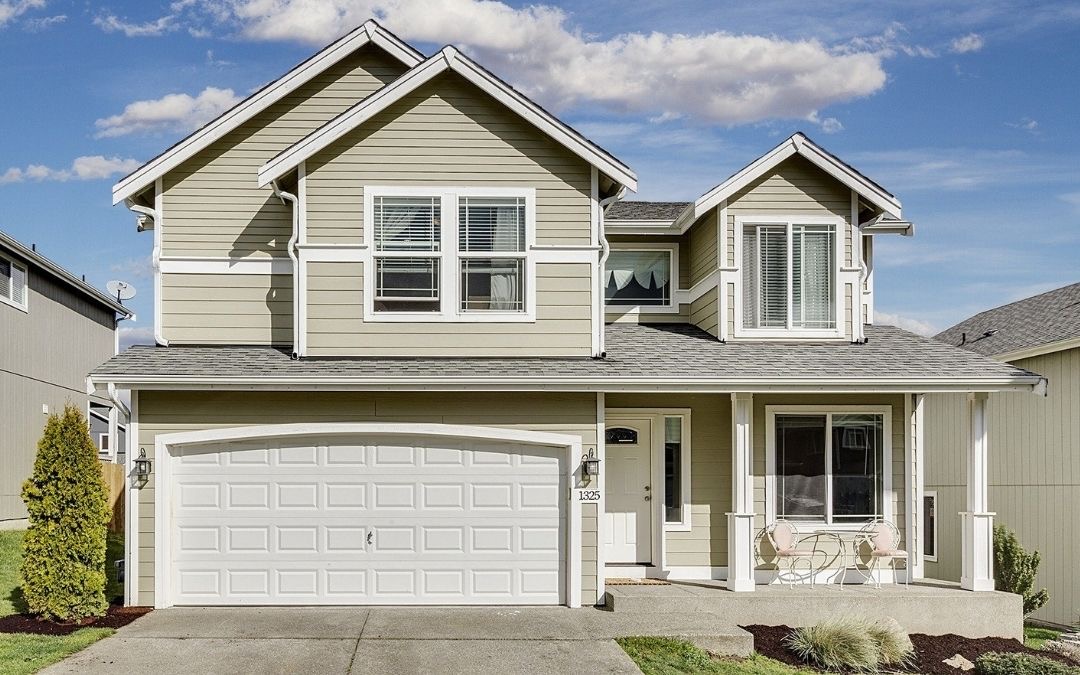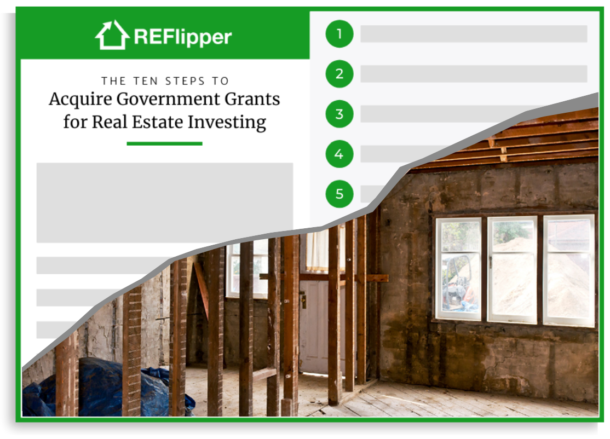The short answer is yes. You can apply for a government grant to flip houses. Buying homes in need of fixing up and repairing them to sell at a higher price is now a common practice. According to ATTOM Data Solutions, 138,000 houses were flipped by both individuals and institutions in 2017.
While applying for a home flipping grant doesn’t guarantee success, millions of dollars’ worth of grants are given out annually. Much of the money is handed to non-profits and government-related institutions.
Can Grants Be Used for Flipping Houses?
So you want to get a grant for house flipping? It’s not as easy as it sounds. This piece will outline the requirements, advantages, and drawbacks of using a grant to flip houses.
Remember that applying for government grants to flip houses means abiding by certain strict guidelines and requirements. Spending the money on other endeavors will bring heavy penalties.
Step 1: Inquiring About Grants
Federal governments very rarely give out grants for flipping houses. Their grants are usually earmarked before individual requests are made. Hence, your best bet is to seek local government or state government funding.
Do a little research on which local government bodies near you give out grants for flipping houses. A good approach is to call the community and economic development office of a nearby municipality. Then you can apply to existing programs that give out house flipping grants.
Step 2: Plan Your Application
After you’ve selected the government entities you wish to apply to, develop a solid plan to essentially “woo” them. You need to convince them why you should receive this grant. It’s best to do your research on that organization or department’s current projects or interests.
That way, you can frame your application in light of their current pursuits. If you get them excited about your idea, your application may get approval very quickly.
Step 3: Compose a Cover Letter
Your cover letter needs to be succinct and accurate. Don’t go beyond 3 or 4 paragraphs to make your point.
“Flipping houses” is a vague term for many government employees. Your cover letter needs to explain what you mean by flipping houses and why it will benefit others. For example, the local government will be more interested if you plan on flipping houses in a rundown area.
It’s a good idea to save the cover letter for the end when you’ve gone through everything else in your application.
Step 4: Write an Executive Summary
Make sure your summary spans at least 2 pages and includes the basic reasons for the grant application. Outline what you will do with the grant money (purchasing the property, repairing areas of the home, landscaping, painting, etc.).
Specifics may be discussed in the grant document itself, but the summary should let the approval office know your intent. If you’re going in without a plan, they will promptly reject your application.
Step 5: Create a Need Statement
A need statement is the meat of the application. It focuses on why the grant money will be put to good use, not just for you, but for society at large. The more benefits you can put on paper for society as a whole, the more likely the grant will be approved. States and municipalities favor seekers that focus on community development in their applications.
Step 6: Mention Other Funding
Grant applicants without any other funding sources are unlikely to be approved. Grant issuing organizations and government departments want to be assured of repayment. They want to ensure that the applicant can operate without the grant money. If you show that you’ve been willing to at least seek funding from other sources, your application will be favored.
Step 7: Create a Budget and Timeline
A budget and timeline assume that the grant money will be awarded. Get in touch with officials that appropriate grant money for land flipping to help create your timeline. They will be able to advise on realistic grant goals and timelines. If you reach these goals according to your timeline, you’re more likely to receive grants in the future.
Grants vs. Loans for Flipping Houses
If you are unable to get grants to flip houses, you may opt for loans. However, it’s not always feasible to apply for loans for house flipping. Here are the 3 major types of loans people usually go for when house flipping.
Private Money Lenders
Private lenders are those with a lot of capital in hand to loan to you. They operate much like hard money lenders, yet their rates are much more generous, and they’re more open to negotiation. Private lenders may even strike a deal to share in the profits if they reduce or eliminate interest altogether.
Private lenders usually charge 8-12% plus 0-2 points. A point equals 1% of the loan amount. Hence, if you’re borrowing $100,000, you’ll have to play at least 2 points or $2,000. You may not have to pay points until the house is sold, however.
Terms are usually negotiated for 6-12 months or longer, and there are no pre-payment penalties.
Real Estate Wholesaling
Wholesaling is a great idea for already viable house flipping businesses. Property wholesaling relies on an already established network to get you the best rates. You can’t simply purchase a house without a plan.
Wholesalers make money on specific percentages of the sale price (5-10%). However, to get the best prices from them, you need to have a working relationship or good contacts.
Hard Money Loans
This is the most ill-advised option to acquire house flipping loans. Hard money loans usually have terms of one year or less and have interest rates of 12-18%, including 2-5 points. Hard money loans depend on the ARV (After-Repaired Value) of the house. That way, you’ll be able to afford the house and have money left over for repairs or closing costs.
However, the short time period needed to pay back the loan can often spell economic disaster for borrowers.
The 70% Rule
This rule is a convention in house flipping to determine the maximum amount one may need to purchase a fix-and-flip property. This pertains to 70% of the estimated ARV of the property after the cost of repairs and improvements.
What is the Required Ownership Period for Flipping Houses?
A Federal Housing Administration (FHA) regulation states that a house will not be insured financing if the property is sold within 90 days of the acquisition date of the property by the seller. This 90-day flip rule requires a holding period of 90 days, at minimum, before a buyer can sign a purchase contract.
How Large is a Typical Grant Used for House Flipping?
Again, there is no set amount for house flipping grants. However, the average selling price for flipped homes in 2019 was $218,000 and a gross profit of $63,000. Simple arithmetic gives us the ARV loan/grant needed to flip the house to be 70% of the selling price ($152,600).
What is Rental Rehabbing?
Rental rehabbing simply refers to renting out the recently bought and repaired property rather than selling it.
Rental Rehabbing vs. Quick Flip
The basic difference between the two is that rental rehab ensures a steady stream of monthly income. However, quick flipping ensures that you receive a bulk payment for your property. While rental rehabbing may be preferable to those selling to low-income families or individuals, consistent maintenance will be required. Quick flipping, however, results in a full payout and absolution of responsibilities towards the property.
Using this helpful guide, you will be able to decide how and what to do in your approach to flipping houses.
Learn More…
Learn more from this list of government grants for investment properties.
Find a step-by-step process to applying for a Department of Housing and Urban Development (HUD) grant in this article.



